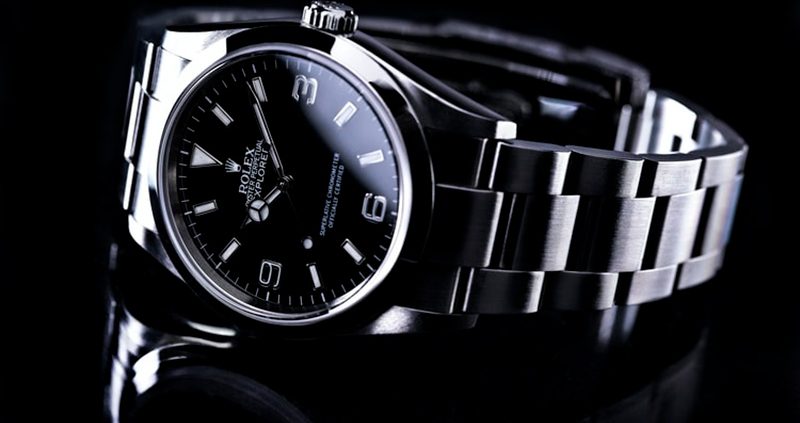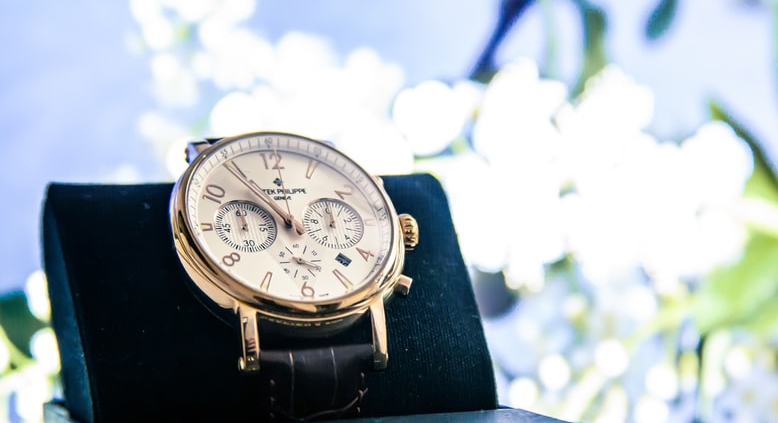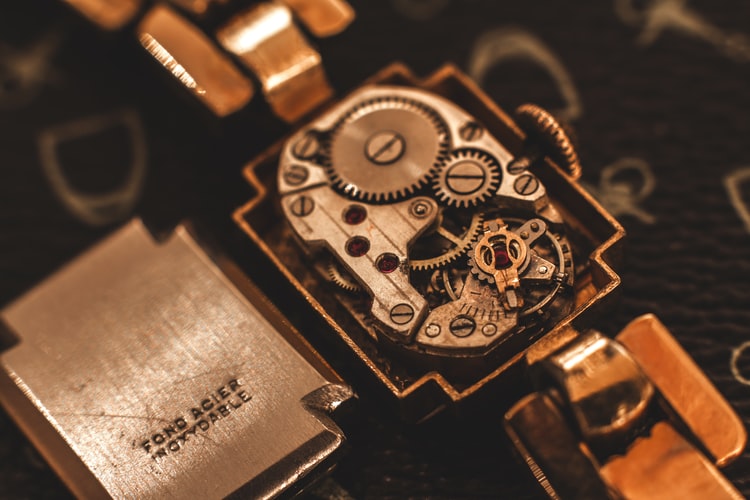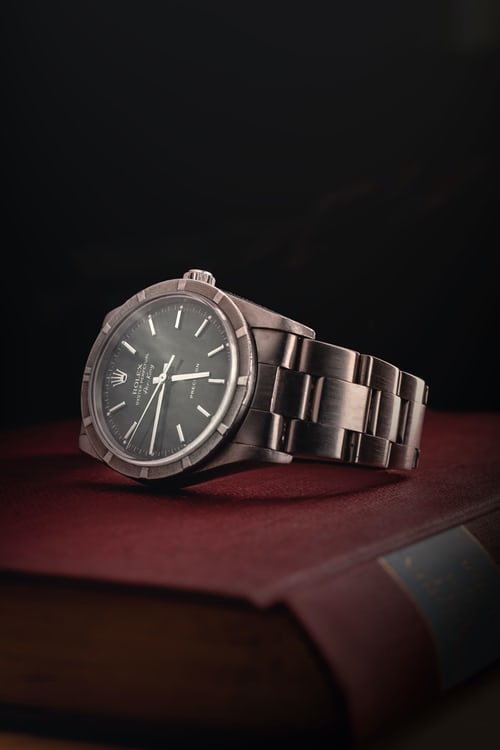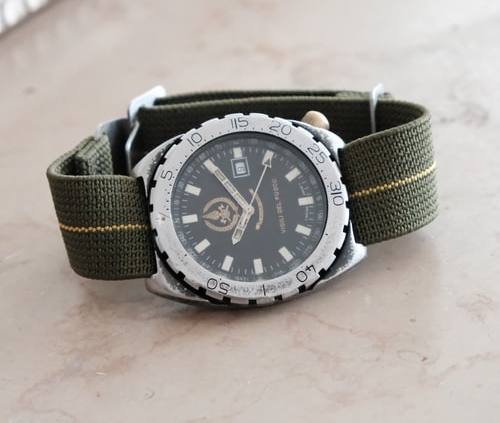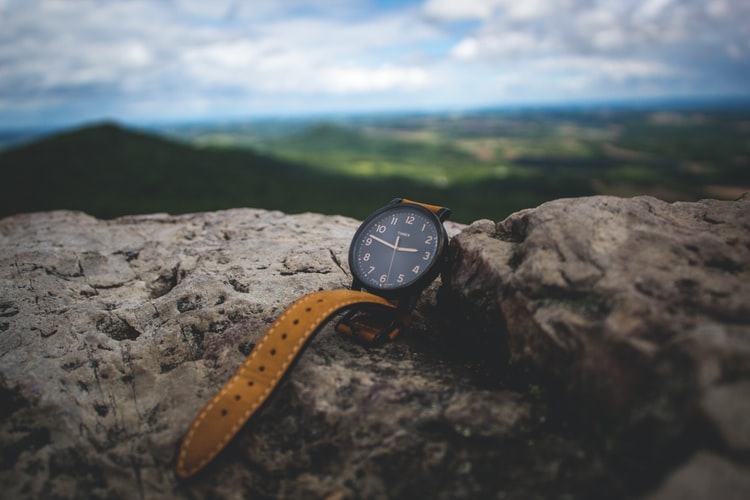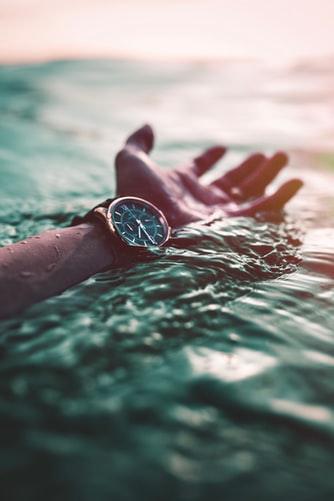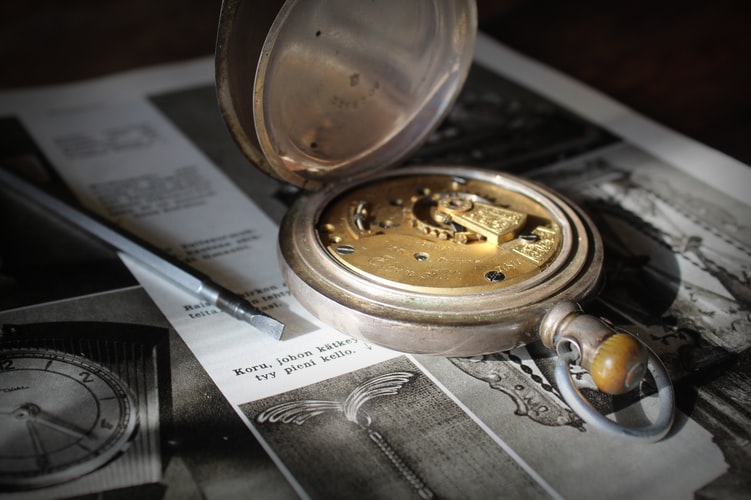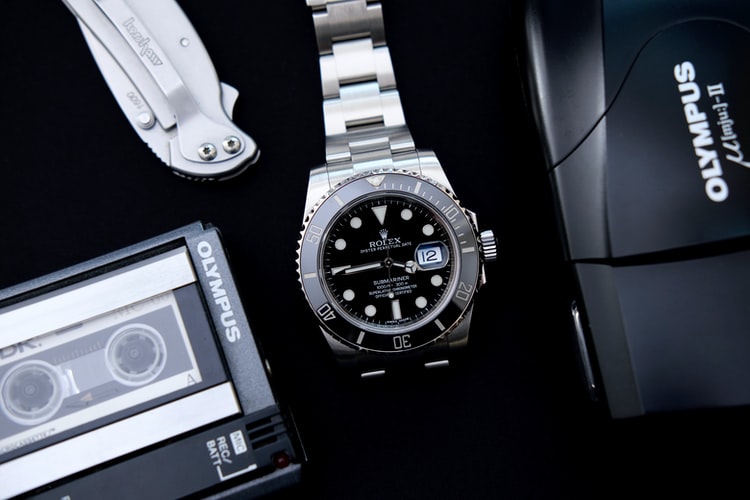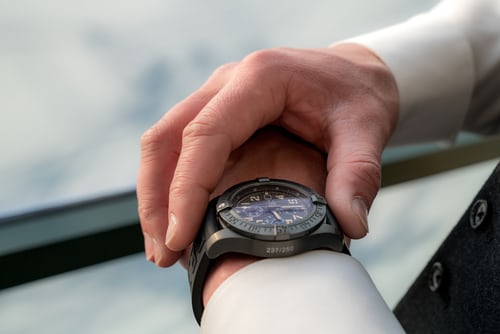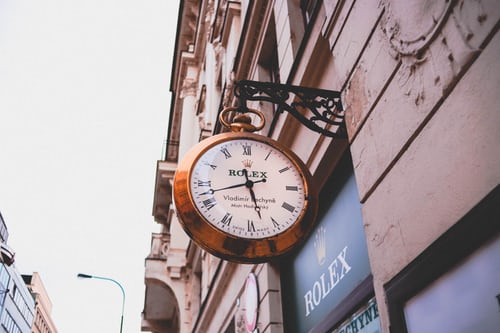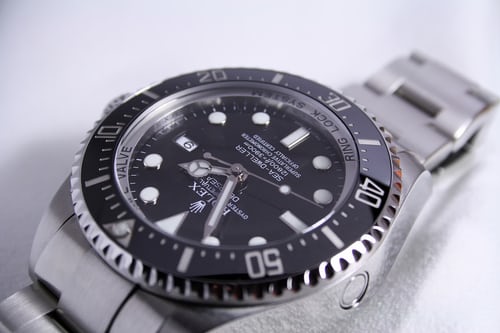“It doesn’t just tell time, it tells history.” Rolex
When you’re looking for a reliable luxury timepiece, in fact… the ultimate timepiece, Rolex immediately comes to mind for most people. The brand is so intricately linked to superiority and success that one can’t help but desire a Rolex!
Rolex owners have included known celebrities like Steve McQueen, Elvis Presley, and Paul Newman to world leaders and public figures like Dwight D Eisenhower, JFK, and Martin Luther King. Essentially… all those who have truly “made it” in life!
Rolex really spoils you with choice – with more than 1,000 different models in the current catalogue, spread across men and women watches, split into Professional and Classic collections, and spanning more than a dozen different collections.
When doing your research, you will quickly see that Rolex has their own language. Before you buy a Rolex watch, look at the mechanisms, movements, terms, bezels and bracelets to know what you’re looking for in your piece.
Mechanism Terms Explained
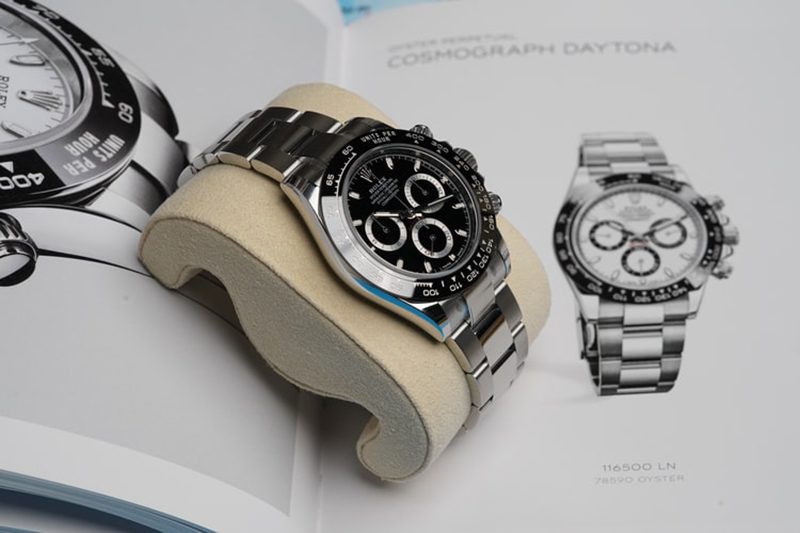
Bezel: The exterior ring encircling the dial with several distinct types that offer additional functionality.
Caliber: The more formal name for the watch’s internal movement.
Chronergy: This offers an increase in efficiency and high resistance to magnetic forces.
Chronograph: The name for a watch that can also be used as a stopwatch.
Cyclops: The name Rolex gives to the small magnification lens set into the crystal above the date window to make the numeral easier to read. Provides a magnification of 2.5x
Hack: A feature on all modern Rolex movements that stops the second hand when the winding crown is pulled out. This feature makes it easier to set the time accurately.
Hairspring: An incredibly thin coil of metal that is mounted onto the balance wheel to form the watch’s oscillator, ensuring the watch’s timekeeping accuracy.
Index: Another name for the various hour markers found on dials.
Maxi Dial: A type of dial that has oversized indexes.
Mercedes: The unofficial name for the type of hour hand commonly found on Rolex sports watches. The design is close to the car manufacturer’s three-pointed star logo.
Movements on a Rolex
The movement (also known as the caliber) controls the model’s main hands but can also be constructed with various complications. A complication is any function above and beyond regulating the hour, minute, and seconds hands.
Rolex Bracelets
An element often overlooked by newcomers to luxury watch buying is the type of bracelet which has a huge effect on the look and feel. There are five official bracelet types, and each one has its own unique design and personality.
Jubilee Bracelet: The oldest type of bracelet Rolex still uses.
Oyster Bracelet: Only just younger than the Jubilee, the Oyster dates back to 1948. Its three flat links make it the most tool-like and casual of Rolex’s metal bracelets.
President Bracelet: As with the Jubilee, the President bracelet was made specifically for the launch of a new watch, and in this case it was designed for the Day-Date in 1956.
Pearlmaster Bracelet: With its five rounded, staggered links, the Pearlmaster was introduced in 1992 for the first of the Pearlmaster watches, and like the President Bracelet, the Pearlmaster is a premium bracelet option.
Oysterflex Bracelet: Rolex’s first rubber strap.
Leather Strap: These days, leather straps are only found on Rolex’s dedicated dress watch series, the Cellini. Available in black, brown, or blue and fitted with an 18k gold buckle to match the case of the watch, the straps are fully embroidered and stitched alligator leather.
Bezels
Every Rolex watch has a bezel to secure the crystal on to the case to ensure a certain water-resistance. However, the bezel also offers the perfect opportunity to be both decorative and functional.
Rolex Decorative Bezels
These are fluted, smooth and gem-set.
Rolex Functional Bezels
These include timing bezels, dive bezels, GMT bezels, ring command bezels and tachymeter bezels.
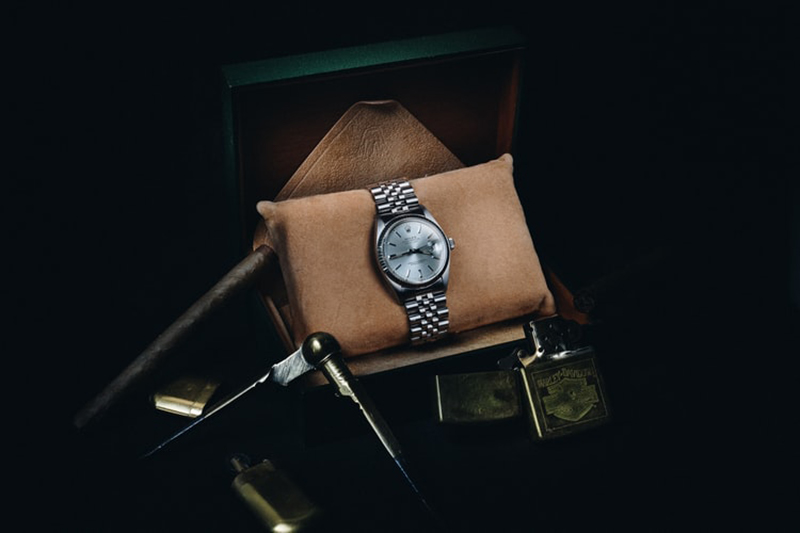
Reasons to buy a Rolex:
- It will last a lifetime and can be passed down to future generations.
- It outperforms competition with strength, longevity, and reliability.
- Recently, more watches have been purchased as investments, particularly vintage models.
- Choose between The Professional Collection and the Classic Collection depending on your style.
- Rolex watches are extremely versatile in their design and never look out of place. Pair your Submariner with your wetsuit or your Tuxedo and always have a timeless wrist piece accompany you.
- And lastly… because Rolex is the Rolls Royce of timepieces ☺

